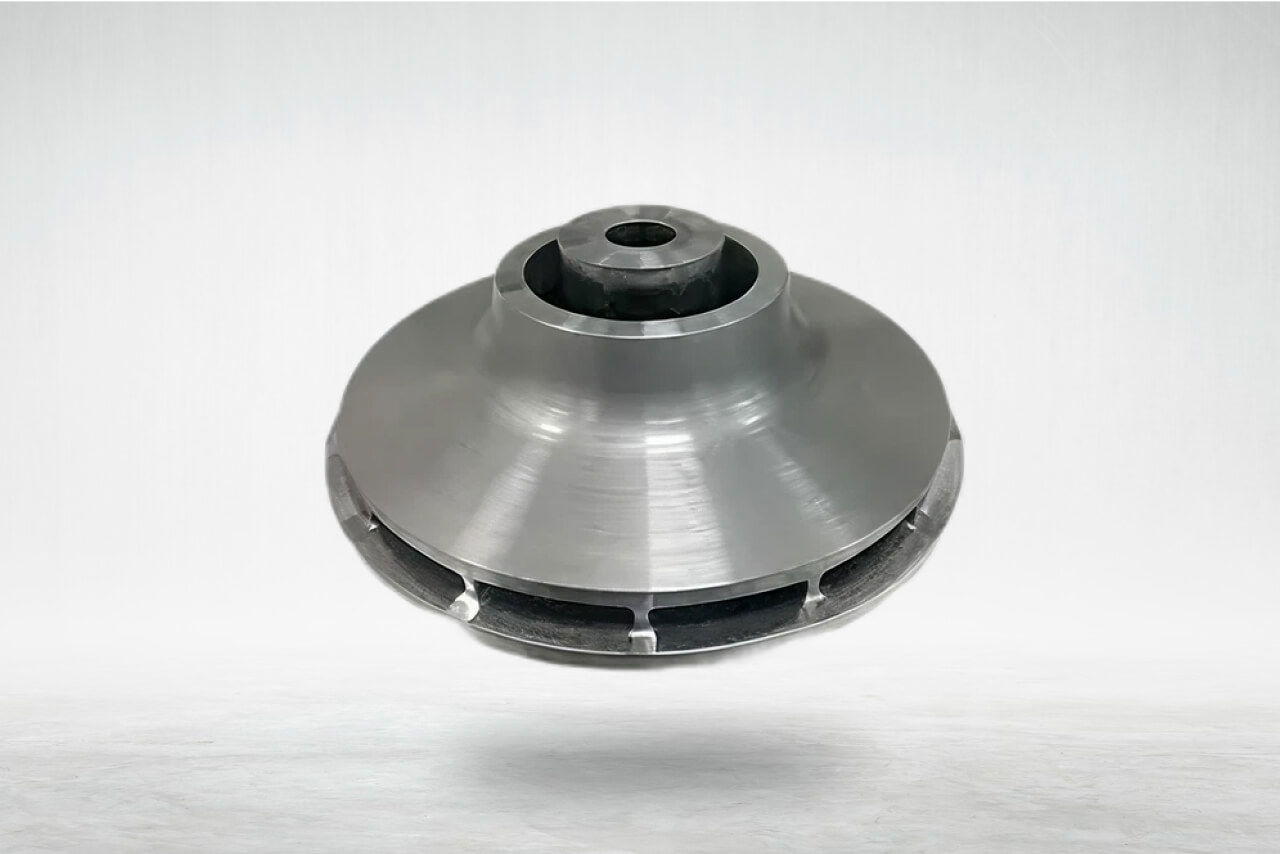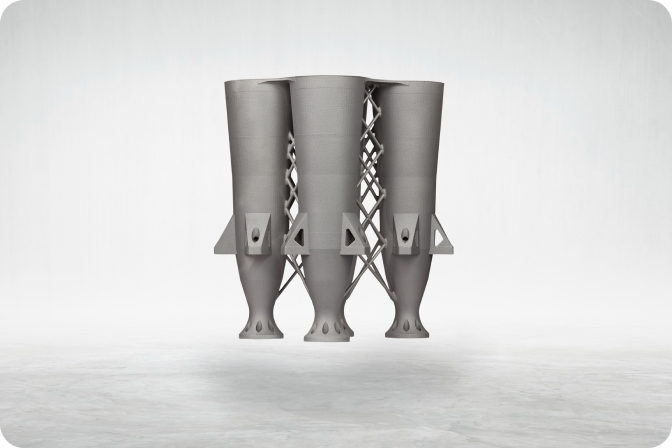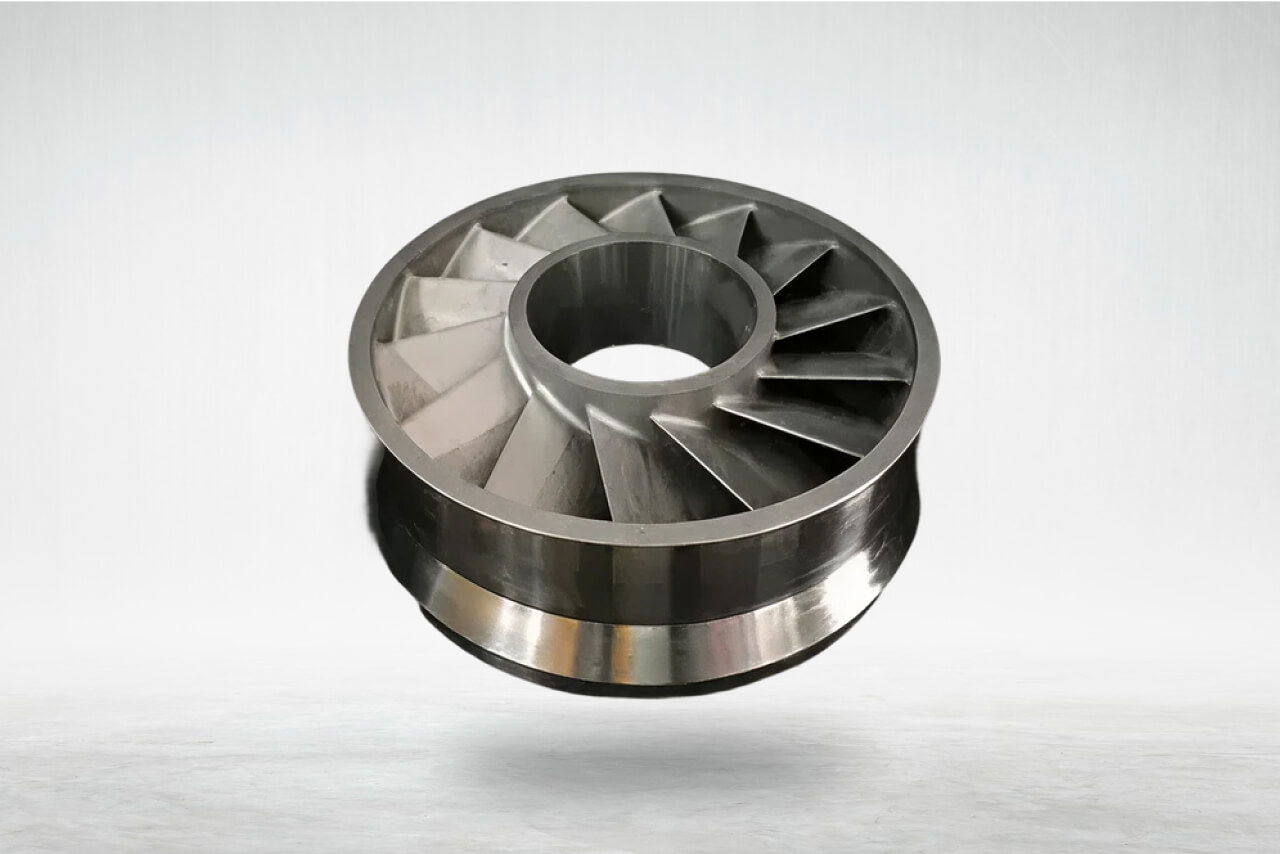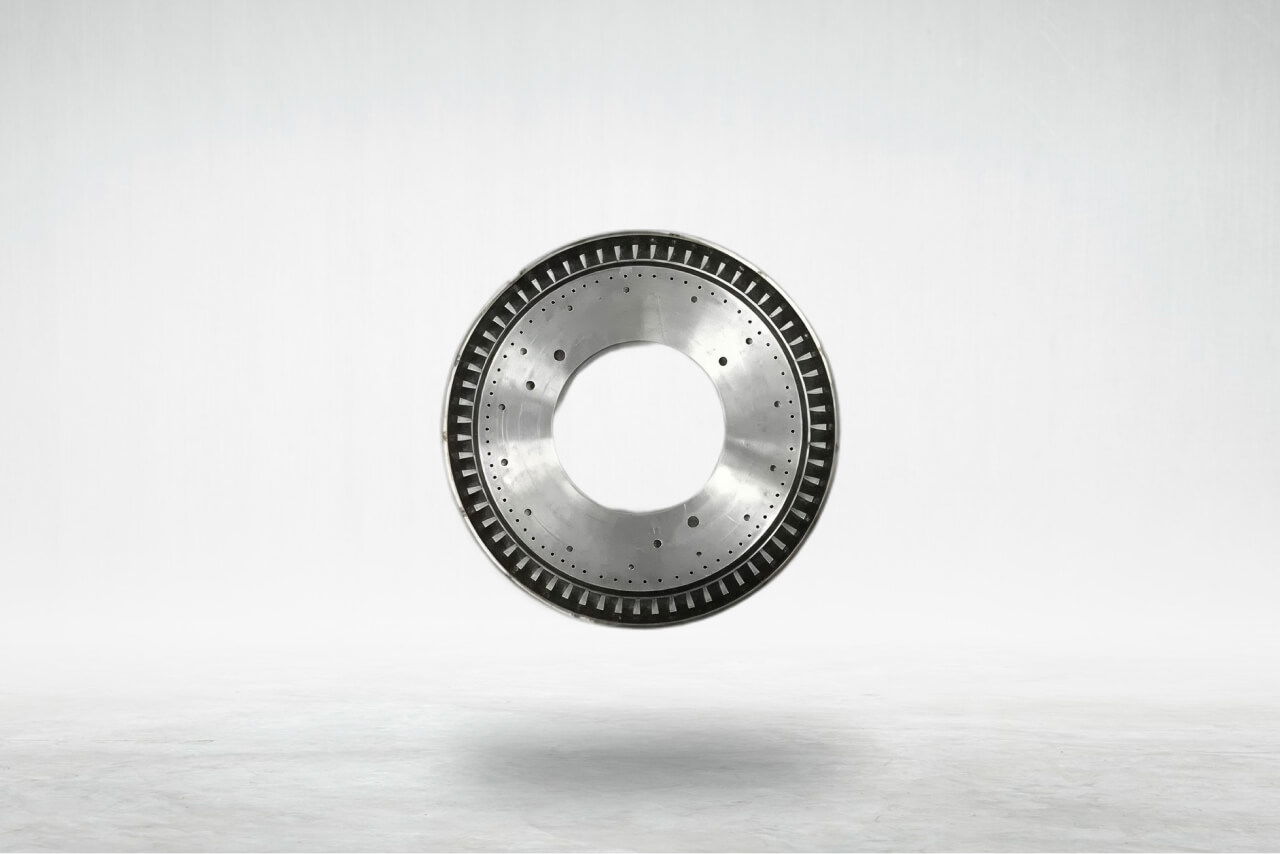Receiver & Transmitter Antennae
The Receiver & Transmitter Antennae are new products…
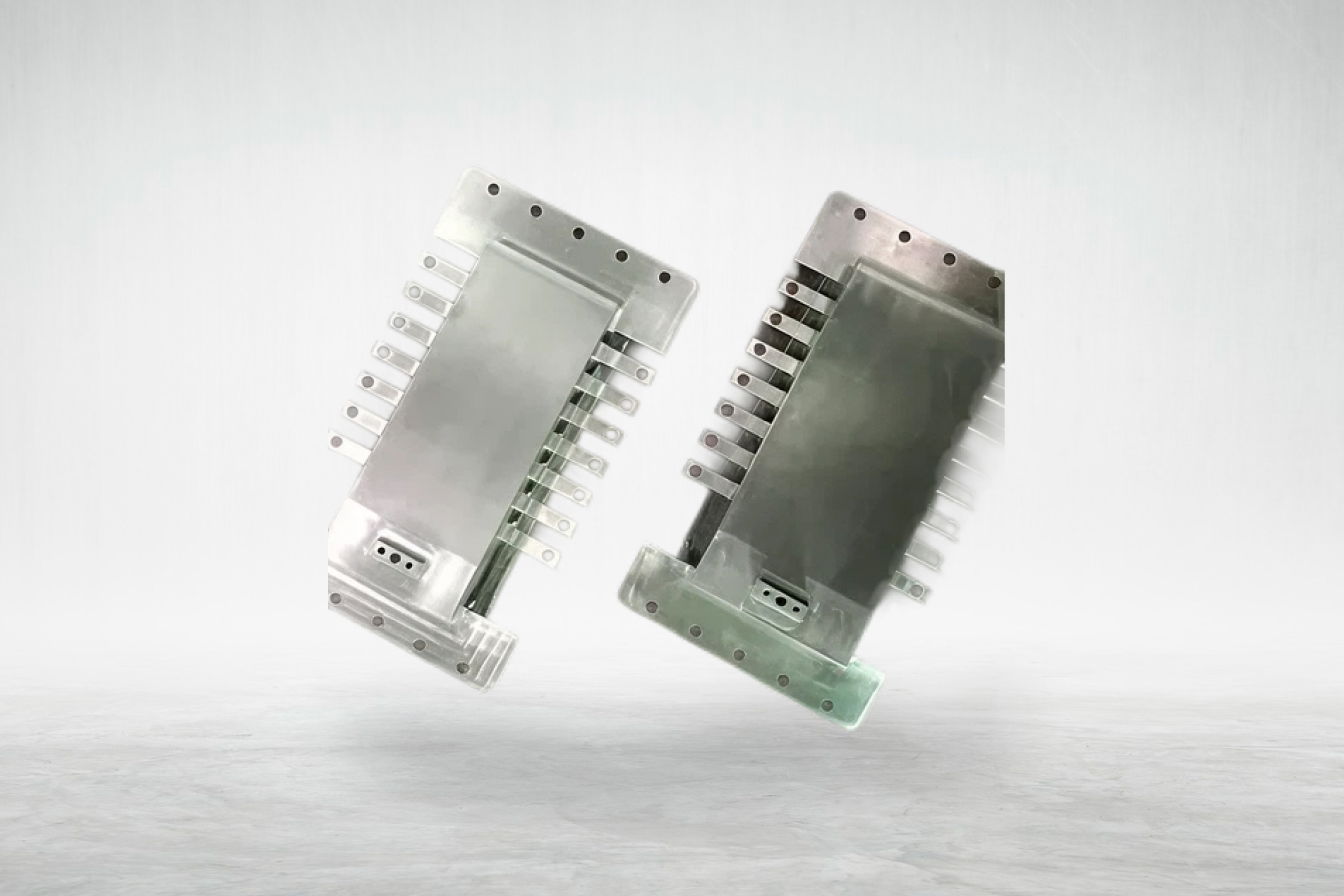
CATEGORY
Defence
MATERIAL
AlSi10Mg
The defence industry is among the earliest adopters of Additive Manufacturing along with the Aerospace industry, in a myriad of applications State run defence agencies and private defence organizations are using AM in highly critical projects for missiles, fighter jets, customized equipment, handheld weapons, drones, respiratory gear, and much more. The defence logistics and product acquisition Th processes are already in the process of transformation with the help of relatively small and tactical AM centers deployed in army, naval and air force establishments. Perhaps the most impactful application of AM could be portable in-field AM centers deployed near conflict zones.
About the Project
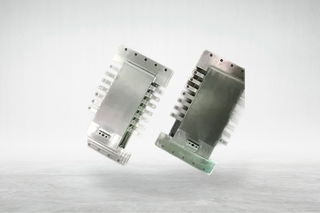
AM Competencies Used
Additive Design & Engineering
Working closely with the defence scientists, a monolith design was arrived at, that would not only improve the functional performance but allow for a mainstream production of ma the component using Metal AM, with defensible cost-benefit analysis.
Build Technology
Necessary process parameters have been optimized to make the process capable of delivering cost effective production.
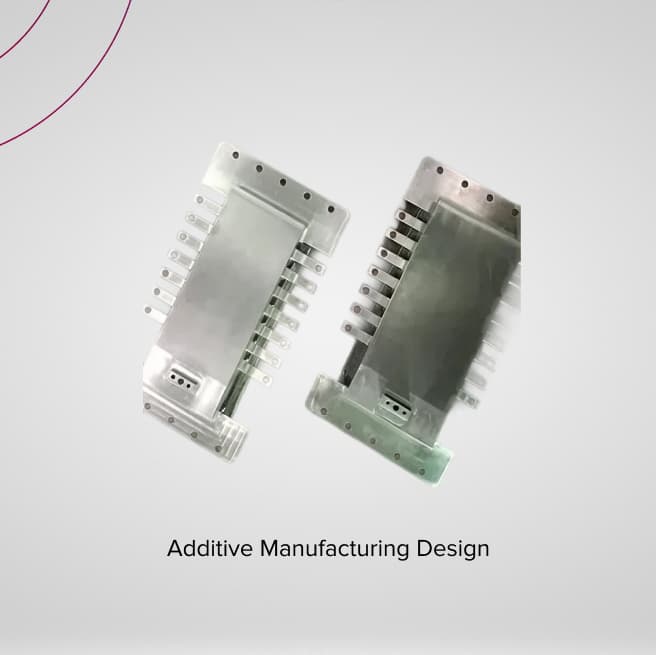
AM Value Addition

Rapid Iterations
Two iterations were completed in quick succession to check critical sections of the part. Wipro 3D shall soon be moving into short series run for the component

Time-to-realize
The Antennae were Additively Manufactured, duly post processed and delivered in under a week.

